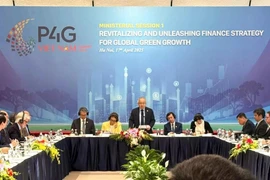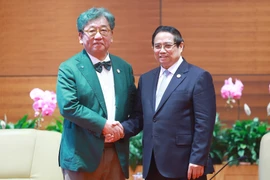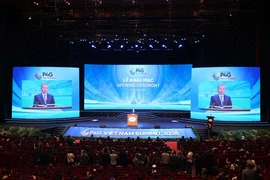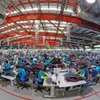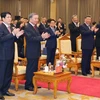Hanoi (VNA) – Breakthrough technologies aimed at accelerating green growth and advancing towards net-zero emissions were among topics discussed at a ministerial-level discussion held on the morning of April 17 in Hanoi, as part of the 4th Partnership for Green Growth and the Global Goals 2030 (P4G) Summit.
Addressing the session, Fatou Haidara, Deputy Director-General of the United Nations Industrial Development Organization (UNIDO), noted that UNIDO has been a key partner in advancing technology-driven green transition on a global scale. The organisation is currently implementing a portfolio of technical cooperation projects worth 13 million USD in Vietnam. They are designed to contribute to the country’s sustainable economic growth. In partnership with the Vietnamese Government, UNIDO is developing a tailored national programme aligned with the nation’s growth vision, placing emphasis on green transition, digitalisation, and innovation in manufacturing, Haidara said.
Katsume Yasushi, Japanese Parliamentary Vice-Minister of the Environment, introduced a number of technologies developed in Japan to improve living environments and sanitation, including waste-to-energy systems and Johkasou – a wastewater treatment system for households.
In Vietnam, a large-scale waste-to-energy facility using Japanese technology has been established in the northern province of Bac Ninh. Additionally, a Johkasou system has been installed in Ha Long Bay, the northern coastal province of Quang Ninh, through Japanese non-refundable aid and support from the Japan International Cooperation Agency (JICA), contributing to improved water quality, landscape conservation, and tourism development.
Katsume added that under the ASEAN-Japan Resource Circulation Partnerships on E-Waste and Critical Minerals, Japan is supporting the development of legal frameworks and capacity-building initiatives related to e-waste. Japan hopes to build a global circular system for precious metals, reducing greenhouse gas emissions, curbing pollution, and fostering industry growth in each partner country.
Alejandro Dorado, Commissioner for the Circular Economy of Spain’s Ministry for Ecological Transition and the Demographic Challenge, stressed that technology and the green transition are inherently intertwined. He called for the integration of technological advances in sectors such as renewable energy and hydrogen, alongside eco-innovation, to produce lower-emission products and expand recycling processes for a greener economy.
However, the official cautioned against the potential downsides of technology misuse. He urged nations to learn from past mistakes to avoid unsustainable development paths, minimise resource overconsumption, and invest in nature-friendly technologies. Public-private partnerships and financial instruments should be mobilised to support inclusive and resilient green growth, he added./.
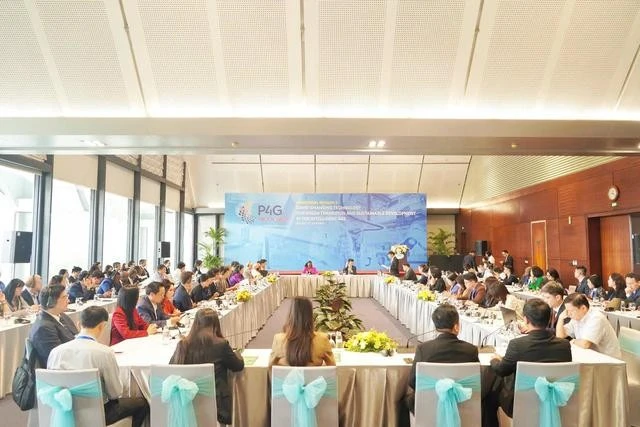
See more
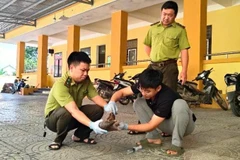
Quang Binh receives endangered, rare wildlife from local handover
The Centre for Rescue, Conservation and Creature Development under Phong Nha – Ke Bang National Park in the central province of Quang Binh has reported the voluntary handover of endangered, rare wildlife by local residents.
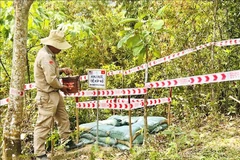
Mine clearance at Quang Tri ancient citadel completed
Since September 2024, the MAG has carried out mine clearance on an area of 135,000 sq.m, safely removing 325 dangerous explosive items, including many found near the surface.
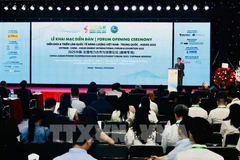
Clean energy cooperation in spotlight at Vietnam–China–ASEAN forum
In the current context, Vietnam’s energy sector must strike a balance of ensuring robust economic growth and national energy security while simultaneously advancing the transition to green, clean energy and reducing greenhouse gas emissions in line with global trends
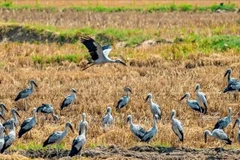
Rare Asian open-bill storks spotted in Gia Lai, sparking conservation push
Residents of Ia Mron commune, Ia Pa district, the Central Highlands province of Gia Lai have reported the presence of a flock of Asian open-bill storks (Anastomus oscitans), a rare and endangered species listed in Vietnam’s Red Data Book.
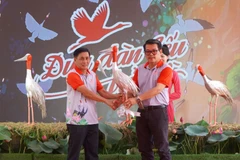
Dong Thap receives first sarus cranes from Thailand for conservation
The six cranes, including three males and three females, are around seven months old and were bred in captivity at Nakhon Ratchasima Zoo. They were flown to Vietnam and, following a mandatory quarantine period at the Saigon Zoo and Botanical Gardens, and now are eligible for relocation to Tram Chim for conservation and growth.
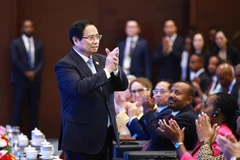
P4G Summit: PM’s closing speech praises vision for global green transition
The fourth Partnering for Green Growth and the Global Goals 2030 (P4G) Summit in Hanoi reached five major areas of consensus, including pooling finance for green transition through public-private partnerships and innovative financial policies, advancing research in green technological solutions; transforming agricultural and food systems for sustainability, developing a skilled workforce in sci-tech and innovation; and pursuing an efficient, sustainable, and eco-friendly energy transition.
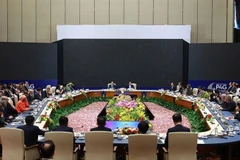
P4G Summit in Vietnam - A beacon of hope for global climate action: Indian scholar
Vietnam is pioneering a new model of cooperation, one grounded in mutual respect, shared responsibility, and genuine commitment to climate action. In this model, a country’s value lies not in its GDP but in its concrete climate actions and collaborative spirit. Vietnam’s vision of fair and inclusive multilateralism could chart a new path - much-needed, and hopeful - for the global climate order.
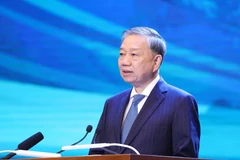
Party chief delivers keynote policy address at P4G Summit
Vietnam is accelerating strategic breakthroughs and making the best preparations for a development path that is rapid, green, inclusive, and sustainable, Party General Secretary To Lam said.
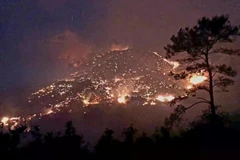
Extra efforts requested to address forest fire consequences in Quang Ninh
From the night of April 12 to the morning of April 13, two forest fires occurred in Ha Long city's Dai Yen ward, and Binh Lieu district's Binh Lieu town, damaging over 40 hectares of forests.

Cuc Phuong National Park receives 18 rare, endangered species from Da Nang
The Cuc Phuong National Park, widely known as the country’s “capital of conservation,” is currently home to thousands of endangered and rare wild animals. Its conservation programmes are recognised at both regional and global levels, including those to protect endangered primates, tortoises and freshwater turtles, and carnivores and pangolins
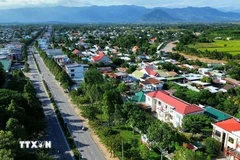
Hanoi to host major green growth summit this month
Vietnam's hosting the fourth Partnership for Green Growth and the Global Goals 2030 (P4G) Summit reflects its push to meet climate commitments, slash emissions, and shift its growth model with global support.

Vietnam among Asian countries most vulnerable to climate change
Among the 30 countries analysed in the survey, 11 were identified as more exposed to climate risks from the macroeconomic perspective: Afghanistan, Cambodia, Iran, Kazakhstan, Laos, Mongolia, Myanmar, Nepal, Tajikistan, Uzbekistan and Vietnam.
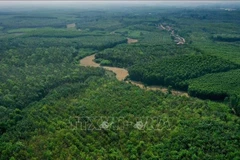
Emission reduction brings carbon credit opportunity for agricultural sector
With its diversity, ranging from livestock, crop cultivation, and forestry, Vietnam’s agriculture sector has great potential to shift towards low-carbon emission production.
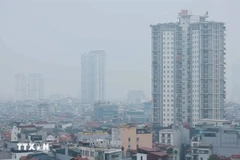
Gov't asks Hanoi, HCM City to act towards safe air quality levels within 5 years
The Government has instructed the People's Committees of Hanoi and HCM City to urgently implement measures aimed at achieving safe Air Quality Index (AQI) levels within five years.
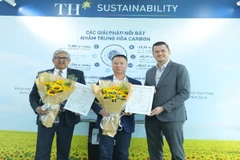
First two Vietnamese companies achieve international carbon neutrality certifications
These are the first two companies in Vietnam to successfully achieved carbon neutrality in accordance with PAS 2060:2014 standards.
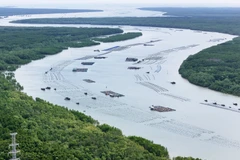
Effort made to revive, develop Can Gio Island Mangrove Forest
With many unique values, the Can Gio Island mangrove forest became Vietnam's first Biosphere Reserve recognised by UNESCO in 2000. Assessments have revealed a high level of biodiversity, rich in both quantity and species, and home to the largest and most beautiful concentrated mangrove forest in Southeast Asia.
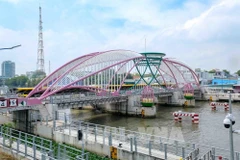
WB-backed urban resilience project benefits over 442,600 residents in Can Tho
Under the project, flood protection infrastructure has been improved, including embankments, tidal sluice gates, and pumping stations. Additionally, urban transport infrastructure has been developed under the project.
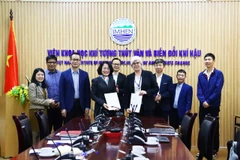
Vietnamese, Belgian institutes sign MoU on climate change response cooperation
This collaboration provides an opportunity for the two sides to jointly develop breakthrough solutions in four key areas, namely urban climate research, greenhouse gas emissions reduction, water resources management, and circular economy development.
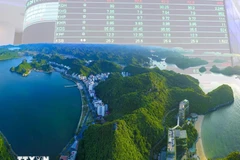
Green transition – new driving force for economic growth in 2025
A series of Green Transformation Day 2025 events is expected to create a strong influence, raising awareness among the community, businesses and stakeholders about the key role of sustainable development.

Efforts to connect Vietnam's ASEAN Heritage Parks for better protection
The ASEAN Heritage Parks are designated as protected areas of regional significance, selected specifically to preserve the distinctive ecosystems that define the ASEAN region. Vietnam boasts the largest number of ASEAN Heritage Parks in Southeast Asia, with a total of 12.
